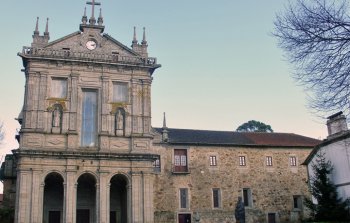Explore the best places
Results for Mosteiro dos Jerónimos in Portugal
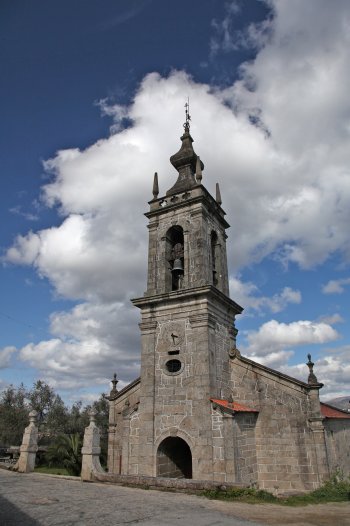

Mosteiro da Batalha
- heritage
Largo Infante Dom Henrique
2440-109, Batalha
It is one of the biggest and most beautiful Monuments from the Gothic architecture in Portugal and the first from Manueline art in the 16th century. Batalha Monastery is also the most outstanding symbol from the Avis dynasty. The monastery was built by orders of D. João I as a consequence from a promise he made to the Virgin Mary in order to win the battle of Aljubarrota in 1385. The construction started the next year under the supervision of the Portuguese architect Afonso Domingues. In this initial phase the results produced were the majority of the church structures and …

Mosteiro da Cartuxa
- heritage
Rua Cândido dos Reis
7000-582, Évora
16th century convent which preserves the two-storey cloister rectangular plant. The Church, designed by Afonso Álvares, is a single nave covered with tiles. Are to point out a burial headstone and a 16th century sculpture representing St. Bacchus.
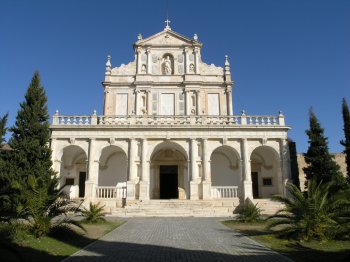
Mosteiro de Arouca
- heritage
Largo de Santa Mafalda
4540-108, Arouca
Its initial use was as a feminine Monastery under the Cistercian rule and it is where Dona Mafalda tomb is placed. IT has a roman classicist style with baroque features by the gold carving.
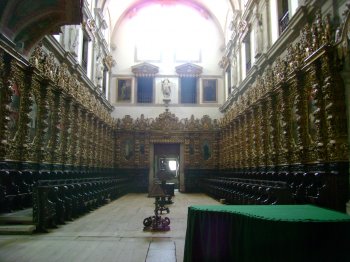
Mosteiro de Celas
- heritage
Avenida Bissaya Barreto, 105
3000-132, Coimbra
The Celas Monastery is a construction of sober character, showing the influence of several architectonical styles. At the church are worthy of notice the manueline arched roof, a 17th century glazed tiles panelling and several portals and arches with renaissant and manueline characteristics. The cloisters’ galleries present pictures representing memorable events at the chapiters.
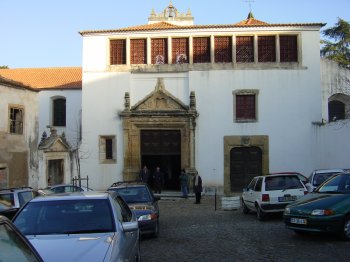
Mosteiro de Cucujães
- heritage
Largo da Igreja, 60
3720-391, Vila de Cucujães
The primitive moth conventual building nothing remains due to various transformations that was targeted. The set of buildings is composed by the Church and the cloister, the result of a 17th-century reform. The cloister features Doric columns based directly on the floor, forming seven spans in each ward.
Mosteiro de Ermelo
- heritage
Ermelo
4970-140, Arcos de Valdevez
This is a Cistercian Abbey in which is possible to observe several arquitectonic elements from the Romanic period, namely, the ornate capitals with isomorphic motifs, the opening with small columns and the worked rose window.

Mosteiro de Grijó
- heritage
Alameda do Mosteiro Grijó
4415-998, Vila Nova de Gaia
The primitive monastery, called Monastery of São Salvador de Grijó, was founded in 922 in the place of Muraceses. It was only in the year 1112 that it was moved to its current location. In 1770 the convent was extinguished, passing its assets to the Convent of Mafra. Of note are the gilded carvings and the 18th century tiles in the chancel, as well as the pipe organ, from the end of the 18th century and beginning of the 19th century. Also noteworthy is the tomb of D. Rodrigo Sanches, classified as a National Monument.
